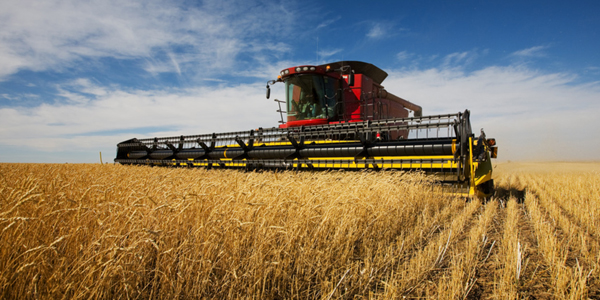The Deputy Prime Minister Barnaby Joyce has a sizeable bone to pick with the superannuation industry: it’s reluctance to invest in Australia’s agricultural industry. At a time when super funds have a collective $2.1 trillion in funds under management, a paltry 0.3 per cent finds its way into rural investment. The anomaly is even starker when offshore interests are queuing up to invest and super funds (especially self-managed super funds) are desperate for yield.
The reasons for this lack of investment interest have been regularly canvassed: the family-owned farming structure makes investment difficult, there is a lack of products to invest in, and an absence of knowledge about the sector combined with asset managers who have the expertise to advise on it.
Although the family-owned structure is an issue, the other reasons cited are hard to excuse when measured against the sheer size of the industry which contributes12 per cent of gross domestic product, and generates revenue of $145 billion annually. It also exports, on average, more than $30 billion worth of commodities annually. Add to this the growing demand in Asia for our agri-products, and the lack of investment interest is even harder to understand. It seems Barnaby might have a point.
However, what’s rarely mentioned is what agricultural assets have to offer. Although the value of rural land obviously fluctuates in line with market demand for agri-commodities, the value of the dollar, and climatic events (think drought and flood), it attracts reasonable yields of between four and six per cent and enjoys solid capital gain. (It’s important to distinguish here between the failed tax-driven managed investment schemes of yesteryear with the genuine agricultural and animal production industries that have been integral to Australia’s economic landscape for more than 200 years.)
Even the family structure does not have to be an impediment, especially to the retail investor. Crowd-funding provides an option whereby mum-and-dad investors can invest in the land, allowing primary producers to substitute debt with long-term equity. This will provide investors with yield and capital growth in an expanding industry while allowing producers to reduce debt servicing, enhancing their capacity to reinvest in operating assets.
Up until a few months ago, such a suggestion might have seemed pie in the sky. But if the sale of the iconic Kidman Station has demonstrated anything it is a widespread sense of community unease about the sale of rural land (as distinct from rural businesses) to overseas interests and the willingness to invest to keep it in local hands. In the space of about three months, crowd-funder DomaCom enticed about 4500 Australians to stump up more than $70 million to keep Kidman Australian-owned.
No doubt many were motivated by a desire not to see Kidman’s ownership go overseas. But there was also realisation that an investment in Kidman offered a good defensive asset that would dovetail neatly into their investment portfolios. National sentiment and sound investment thinking are not mutually exclusive.
The likelihood is that Kidman will go offshore, a parliamentary inquiry notwithstanding. But a spark has been lit. There is understandable community angst about the sale of rural property, and in the process it has alerted investors to the benefits of this asset class. Kidman might be lost, but in the process it might have ushered in a new investment thinking about rural property – that could be Kidman’s ultimate legacy.




